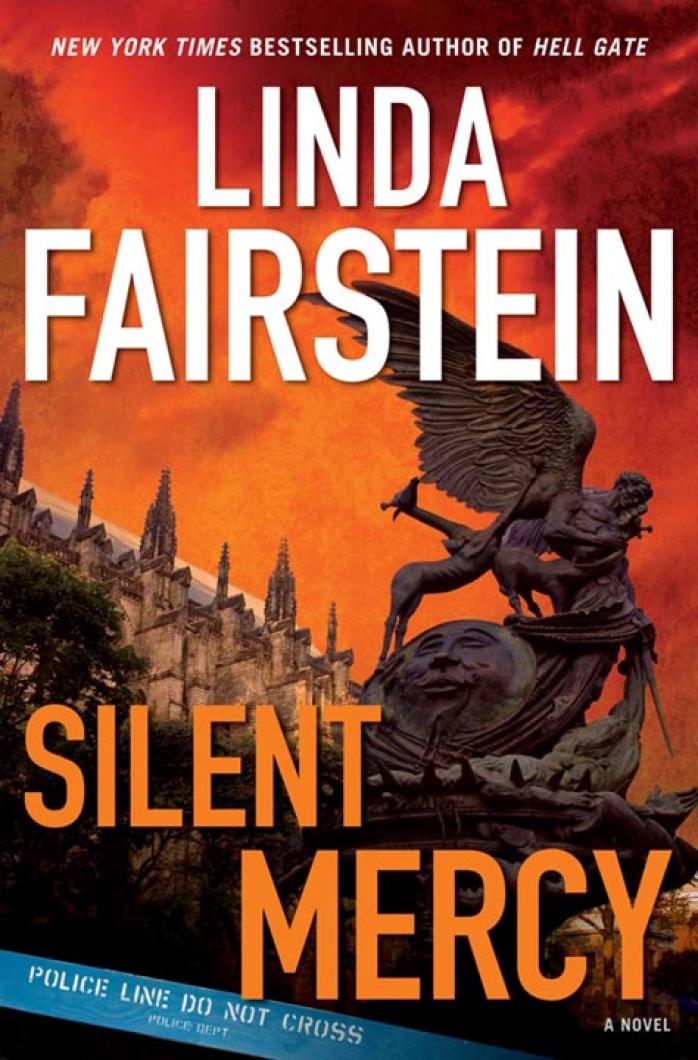To us Islanders Linda Fairstein is, first and foremost, one of our best known summer Chilmark residents. To the rest of the world, she’s the best-selling author of the Alexander Cooper series, featuring Assistant D.A. Cooper of the Special Victims Unit in Manhattan.
In actual life Ms. Fairstein served as the Assistant D.A. in the Special Victims Unit in Manhattan. So when her fictional character files a particular brief or points out that it’s a point of law that the public is entitled to attend a court hearing she knows whereof she speaks.
It is Ms. Fairstein’s exceptional police procedural knowledge that helped foster her success. She is also an excellent story-teller. Another bonus is that she promotes in each mystery some arcane aspect of Manhattan’s physical, aesthetic or cultural life. In the past, she has given us glimpses into the high and low of the city, the ballet scene, underage drinking bars, underground rivers and human trafficking.
Now, in her new work, Silent Mercy (Dutton $26.95), yellow crime scene tape surrounds ancient cathedrals, churches and seminaries that could lead to Dan Brown-type maps and tours for a landscape of ecclesiastical killings.
Silent Mercy is Ms. Fairstein’s thirteenth novel. It opens with a naked, slashed, partially burned and decapitated body of a young woman found on the grounds of Harlem’s Mount Neboh Baptist Church, originally built as a synagogue one hundred years before. A Star of David necklace pendant is discovered under the body.
The next crime scene unfolds at St. Patrick’s, not the large cathedral on Fifth avenue but an older one located in Little Italy and built in 1809.
The solving of the crime takes Alex and her trusty sidekick, Mike Chapman of the elite North Manhattan Homicide Squad, to some of the most illustrious (and occasionally obscure) religious sites in the city, from the majestic and famously unfinished St. John the Divine near Columbia University, to a nearby Jewish seminary resembling a New England country village, to a small Gothic revival parish church in the Bronx. In this last place of worship, six of the sixteen windows depict a station of the cross and all six are much more beautifully crafted than the other windows. The explanation is one of those tidbits that make reading a Fairstein thriller so fascinating: The last king of France, Louis-Philippe, 1830 – 1848, had commissioned the stained glass windows in Sèvres and shipped them to the old St. Pat’s as a gift to the Catholics of America. But the windows failed to fit properly so they were used in this particular church located in the little town of Fordham.
Of course, Ms. Fairstein isn’t engaging the services of Alex and Mike for a mere history lesson. Following a hunch, the two come across more grisly details and, to quote Sherlock Holmes, “The game is afoot.”
In addition to church architecture and Manhattan history, Ms. Fairstein is clearly intrigued with Christian and Judaics spirituality. She writes knowledgeably about what appears to be an unlimited amount of denominations and sects of Protestantism. She also makes clear that every faith has its fringe of right-wing fanatics. Sexism as part of any far-right fringe is another strong topic of Silent Mercy.
The book is not limited to religious themes, though. There are also circus aerialists, struggling theatre groups, church pedophiles and some of the politicians protecting them and even a spooky former leper colony, Penikese, located off Cuttyhunk.
Ms. Fairstein is an expert at blending many diverse elements into a gripping story. Silent Mercy proves yet again that page-turning can go hand-in-hand with smart writing.








Comments
Comment policy »